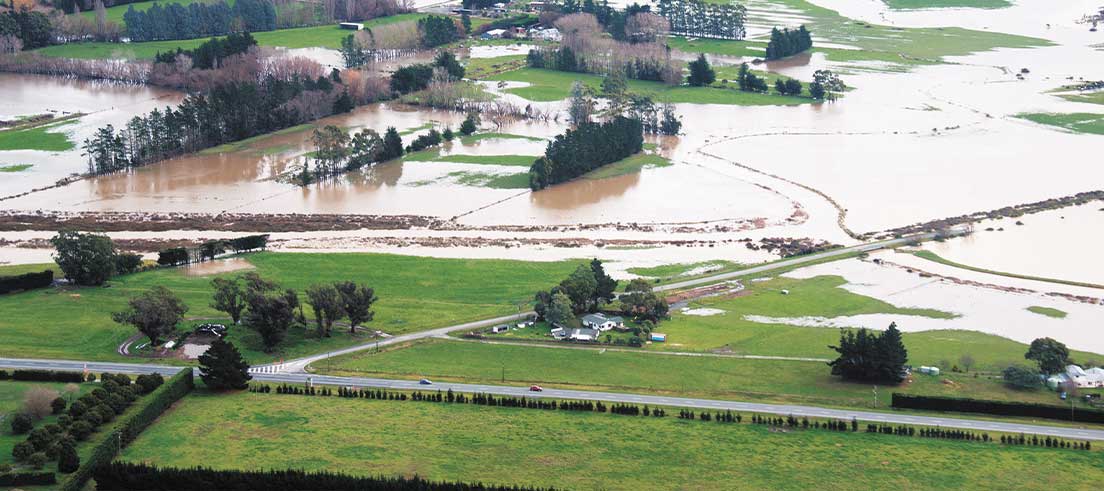
From our Chair: What's behind proposed rates rises
You would have recently been hearing our appeal for feedback on our 10-year work plan and budget, known as the Long-Term Plan.
People have until April 14 to tell us what they think of our proposals for delivering, and funding, the core services that we’re responsible for.
Unsurprisingly, much of the focus has been on the proposed rates rise, with our preferred work package requiring a 24.2 percent increase in total revenue collected from rates.
If you haven’t yet read the consultation document, I urge you to do so, to see what your community might get for that spend.
What you get for your money
For instance, we’re proposing to lift the frequency and quality of key bus routes, helping you get into (and out of) the city for work, shopping, sport and other activities. We’re also nearing completion of repairs to critical infrastructure following the big Canterbury flood event of May 2021, but more needs to be done to prepare for the next one.
In the Selwyn district, we’re proposing a targeted rate to help fund flood protection work in the area, which would add an extra $7.08 to the rates bill for those residents in the first year. Do you think this is the right price to pay, when you consider the potential benefit to people and property?
In saying that, I’m continuing to advocate for Central Government to pick up more of the tab for things like river resilience. If a river floods, the impact can be felt far beyond the region’s borders, therefore I don’t think ratepayers should be lumped with the entire bill for preventing such a disaster.
Councils are under increasing pressure
As Local Government New Zealand points out, all councils are facing increasing costs for existing assets and services, due to:
- inflation
- cost of servicing debt
- increasing insurance costs
- audit costs.
In short, the funding model is broken.
Councils’ share of overall tax revenue has remained at just two percent of GDP for the last 50 years, despite our ever-increasing responsibilities. That’s just not sustainable, and a rethink is needed of the way funds are distributed from Wellington.
In the meantime we must work with the funding channels available to us now, most of which comes from rates.
Every submission counts
You may also question whether there’s any point making a submission. You might assume that the decisions have already been made, and the consultation process is just a box-ticking exercise.
I can assure you this is not the case. Community feedback will play a vital role in shaping the final plan.
For example, with our Annual Plan 2022-23, the more than 2,800 submissions resulted in changes to some of our proposals and played a part in the introduction of a $1 and $2 flat bus-fare structure. (Annual Plans provide an opportunity to make updates between each new Long-Term Plan)
The feedback also saw us scale back the total rates revenue increase from the proposed 24.1 percent to 16.2 percent.
So if you’re not happy, tell us. If you think we’ve got things right, tell us that too. I also encourage you to look beyond the rates figure. Inflationary pressures mean even just maintaining our current work programme would result in a double-digit rates revenue increase. But what’s the cost of not doing enough?
To read more about our proposals and to make a submission, visit ecan.govt.nz/whatsthecost – or for other options you can phone us on 0800 324 636.
I really hope we hear from you.

